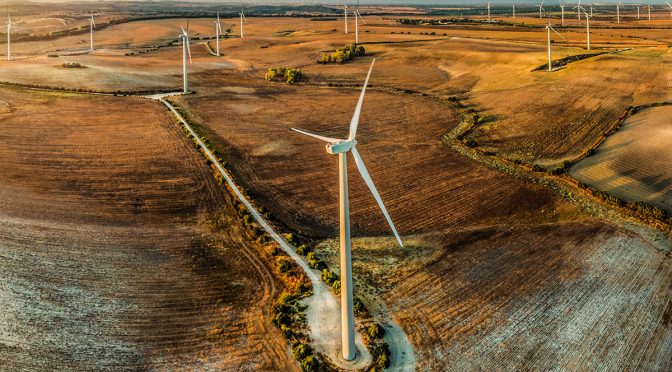The global transition towards renewable energy sources is an essential step in combating climate change and ensuring a sustainable future for our planet. As countries around the world set ambitious renewable energy targets, wind farms have emerged as a key player in achieving these goals. With advancements in technology and growing investments in the sector, wind energy has become one of the most cost-effective and environmentally friendly sources of electricity.
Wind farms, both onshore and offshore, have experienced significant growth in recent years. According to the Global Wind Energy Council, the total installed wind power capacity reached 651 GW at the end of 2020, a 53% increase compared to 2015. This growth can be attributed to several factors, including the falling costs of wind energy production, government incentives, and increasing public awareness of the need for clean energy.
One of the primary reasons behind the success of wind farms in contributing to renewable energy targets is the rapidly decreasing cost of wind energy production. Technological advancements have led to more efficient turbines, better energy storage solutions, and improved grid integration, making wind energy more competitive with traditional fossil fuel-based power generation. In fact, a 2020 report by the International Renewable Energy Agency (IRENA) found that onshore wind power generation costs had fallen by 13% between 2010 and 2019, while offshore wind costs had decreased by 22% over the same period.
Government policies and incentives have also played a crucial role in the expansion of wind farms. Many countries have implemented feed-in tariffs, tax credits, and other financial incentives to encourage investment in wind energy projects. Additionally, national and regional renewable energy targets have spurred the development of wind farms, as governments seek to diversify their energy mix and reduce greenhouse gas emissions. For example, the European Union has set a target of generating 32% of its energy from renewable sources by 2030, while China aims to increase its non-fossil fuel energy consumption to 20% by 2025.
Public awareness and support for renewable energy have also contributed to the growth of wind farms. As the effects of climate change become more apparent, individuals and businesses are increasingly demanding clean energy solutions. Wind farms, with their minimal environmental impact and ability to generate electricity without producing greenhouse gas emissions, have become an attractive option for meeting this demand. Moreover, the development of wind farms can also create jobs and stimulate local economies, further increasing public support for these projects.
Despite the numerous advantages of wind farms, there are still challenges to overcome in order to fully harness their potential in achieving renewable energy targets. Some of these challenges include addressing concerns about the visual and noise impacts of wind turbines, ensuring the protection of wildlife, and improving grid infrastructure to accommodate the intermittent nature of wind energy. However, with continued research, innovation, and collaboration between governments, industry, and communities, these challenges can be addressed, paving the way for a more sustainable energy future.
In conclusion, wind farms play a vital role in the global transition towards renewable energy sources. Their ability to generate clean, cost-effective electricity has made them an increasingly popular choice for governments, businesses, and individuals seeking to reduce their carbon footprint and combat climate change. With ongoing technological advancements, supportive government policies, and growing public awareness, wind farms are poised to make significant contributions to achieving renewable energy targets worldwide. As we continue to strive for a sustainable future, the role of wind farms in our energy landscape will only become more crucial.


